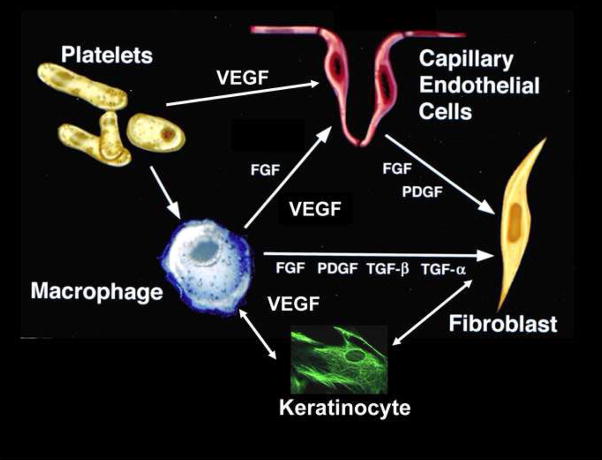Figure 2. VEGF and Cellular Basis of Healing.
Note the multiple roles that endogenous cells play in producing VEGF in the local wound environment. Platlets arrive first on Day “0” of wounding, followed by a peak of macrophages at Day 2. Endothelial cells begin to migrate at Day 2 and new capillary endothelium can be seen between Day’s 3–4. By Day 5, new collagen is produced from fibroblasts. The initial cell that releases VEGF are platelets which enter the wound after debridement. In addition, macrophages release VEGF which stimulate endothelial cells to proliferate and migrate. VEGF has been shown to stimulate keratinocyte migration and collagen production via fibroblasts. VEGF secretion also induces release of other growth factors which further stimulate healing.

